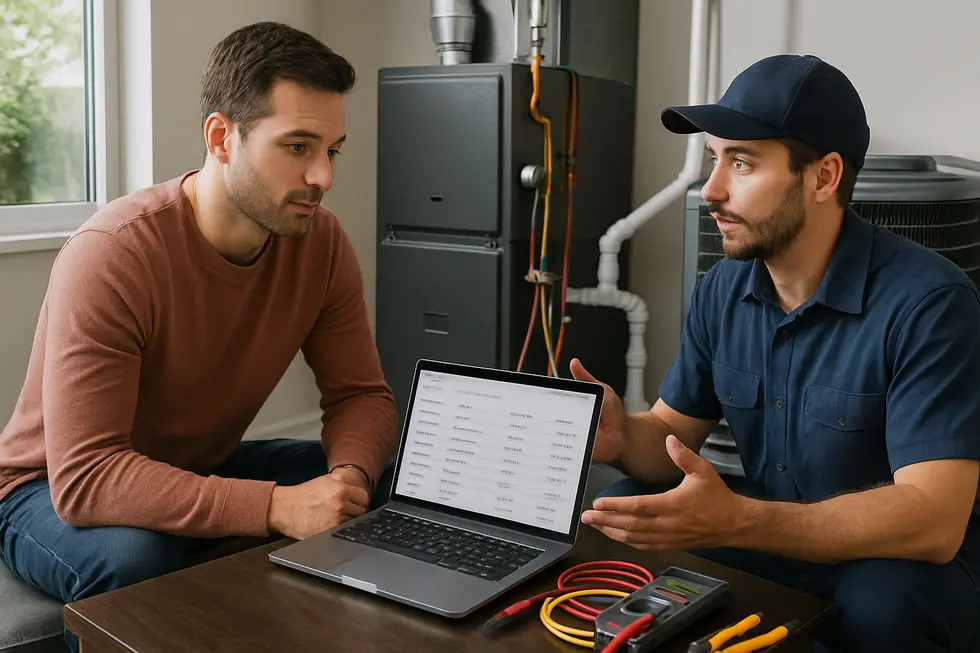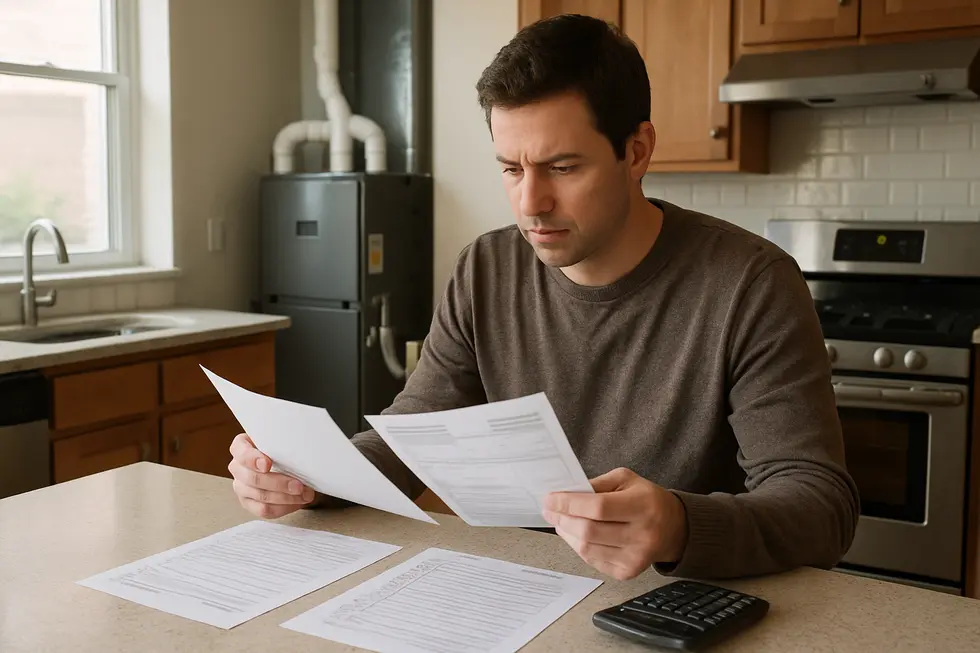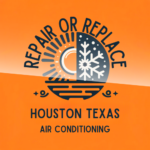The $5000 rule for HVAC systems serves as a guideline for homeowners considering repairs or replacements. It helps determine whether an investment in repairs is worthwhile or if replacing the system makes more sense financially. By understanding this rule, homeowners can make informed decisions that balance budget constraints and long-term efficiency. The rule emphasizes the importance of assessing the total cost of repairs versus replacement, considering factors like system age, repair costs, and energy efficiency. This article explores what the $5000 rule entails and how it applies specifically to HVAC systems for homeowners seeking to optimize their comfort and investment.
The Fundamentals of the $5000 Rule for HVAC Systems

The $5000 rule serves as a practical guideline for homeowners faced with HVAC system repairs versus replacement decisions. At its core, the rule suggests that if a repair estimate approaches or exceeds $5000, it’s often more economical to replace the entire system rather than continue patching an aging unit. This threshold is rooted in a combination of typical repair costs, system age, and the long-term value of investing in energy-efficient technology.
HVAC units have a finite lifespan, generally averaging between 10 to 15 years depending on usage, maintenance, and environmental factors. As these systems age, repairs tend to become more frequent and costly, often aligning with or surpassing the $5000 mark. When a homeowner encounters repair costs nearing this figure, it’s essential to evaluate whether the ongoing expenses are justified or if a new, more efficient system would offer better value.
The technical reasoning behind the $5000 benchmark involves a detailed analysis of repair costs relative to overall replacement costs. Repair expenses include parts, labor, and auxiliary costs, which tend to escalate as the system ages due to increased wear and tear. Conversely, the cost of a new HVAC system, while initially higher, generally comes with improved energy efficiency, modern technology, and longer warranties. Upgrading to an Energy Star-rated system can lead to significant savings in utility bills over time, offsetting the higher upfront investment.
Furthermore, long-term savings are a critical element of this decision. Older systems translate to higher energy consumption and more frequent breakdowns, which can inflate total operating costs. Modern HVAC units incorporate advancements such as variable-speed motors, smart thermostats, and improved refrigerants, all contributing to lower energy bills and enhanced comfort. Therefore, the $5000 rule isn’t solely about repair costs but encompasses overall system efficiency and potential savings.
From a technical perspective, homeowners should consider factors like the system’s current condition, repair history, and expected remaining lifespan. For instance, if your compressor and heat exchanger are showing signs of extensive wear, the likelihood of recurring repairs increases. Additionally, new systems often come with warranties that cover parts and labor, reducing future financial risk. A comprehensive evaluation involves comparing cumulative repair expenses over the upcoming years to the initial price of a new unit, factoring in energy savings.
While the $5000 threshold provides a useful benchmark, each situation demands individual assessment. A detailed consultation with an HVAC professional—including system diagnostics and energy audits—can help determine if repairs are a sensible choice or if replacement yields better long-term value. For further insights into evaluating repair versus replacement options, you can explore detailed guides on HVAC decision-making at this resource, which discusses factors influencing repair costs and system longevity.
In summary, the $5000 rule simplifies a complex decision-making process by providing a clear financial benchmark. It encourages homeowners to consider both immediate repair costs and the broader implications of energy efficiency, system age, and long-term savings, supporting smarter investment choices that optimize comfort and financial health.
Applying the $5000 Rule to Homeowners’ HVAC Decisions

Once homeowners understand the core concept of the $5000 rule, applying it practically becomes essential for informed decision-making. The first step is to assess the current repair costs of your HVAC system. Keep a detailed record of recent repairs, including parts and labor, and note their total expenses. If ongoing repairs surpass or approach the $5000 threshold within a short period, it suggests the system may be nearing the end of its cost-effective life.
Next, evaluate the age of your HVAC unit. Most systems are designed to last between 10 and 15 years, though this can vary based on maintenance and usage. Systems over a decade old that require repairs nearing $5000 should trigger serious consideration of replacement. Estimating the remaining lifespan is equally important; if your system is already close to or beyond its typical service life, investing heavily in repairs might not be prudent.
Compare the total repair expenses over the lifespan of your current system with the cost of a new, energy-efficient unit. Buying a new system might involve an upfront investment but often results in lower operational costs and enhanced reliability. For example, replacing an aging unit that’s cost you $4500 in repairs over the past year could be more advantageous than pouring additional money into a system prone to frequent breakdowns.
In addition, consider the long-term savings and energy efficiency upgrades available with newer systems. Modern HVAC units often consume less energy, providing substantial utility bill reductions. When evaluating whether to repair or replace, factor in potential savings from improved efficiency—these can offset higher initial costs over a few years.
It’s also vital to weigh reliability concerns. Frequent breakdowns not only cause inconvenience but also disrupt comfort and can lead to higher repair costs. A reliable, newer unit can minimize unexpected failures. To illustrate, a homeowner with an 12-year-old system requiring a $4000 repair should see whether upgrade costs are justified compared to investing $6000–$8000 for a new, more efficient model.
Making an informed decision requires a balance of data. Review past repair expenses, system age, and expected remaining lifespan. Consult with HVAC professionals who can give you precise estimates and diagnosis—sometimes, a detailed inspection can reveal whether a repair or replacement makes more financial sense. Also, visit resources like this guide to understand how reliability and efficiency influence long-term costs.
Ultimately, adopting the $5000 rule allows homeowners to prevent ongoing repair expenses from snowballing into unmanageable costs. By comparing accumulated repair costs against the price of a new unit, factoring in energy savings, and considering the system’s age and reliability, you empower yourself to make sound, data-driven choices that optimize comfort and minimize lifetime expenses.
Final words
The $5000 rule offers a practical benchmark for homeowners facing HVAC repair or replacement decisions. By evaluating repair costs against the potential expense and benefits of a new system, homeowners can make financially sound choices that ensure long-term comfort and efficiency. Understanding this rule helps prevent unnecessary expenses and promotes informed investment in HVAC systems that suit both budget and future needs.
Trust Houston Texas Air Conditioning for expert HVAC repair, installation, and maintenance. Our licensed technicians offer reliable service and cost savings. Schedule today!
Learn more: https://houstontexasairconditioning.com/index.html#schedule_form
About us
Houston AC Repair & Installation Experts provide top-rated AC repair and installation services in Houston. Our licensed, insured technicians deliver flat-rate pricing, reliable service, and cost-saving AC tune-ups. As an A+ rated BBB accredited company, we prioritize efficiency and affordability, ensuring your HVAC systems operate at peak performance. Benefit from our long-standing reputation for trustworthy, professional HVAC solutions tailored to meet homeowners’ needs and budgets. Contact us for expert assistance today.
